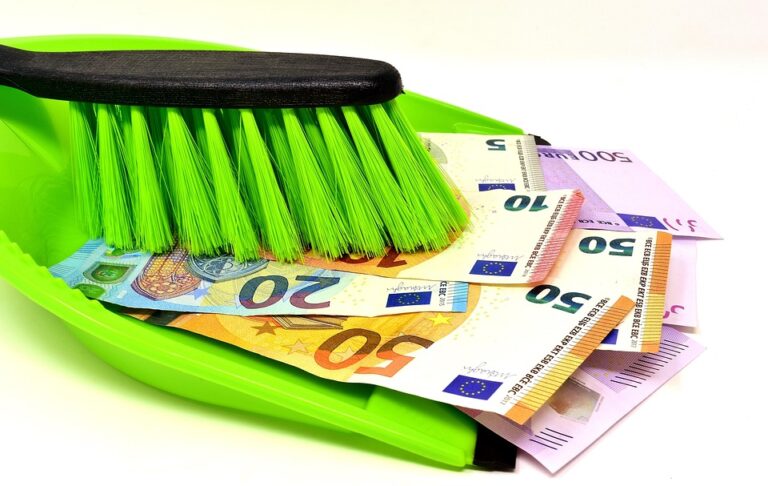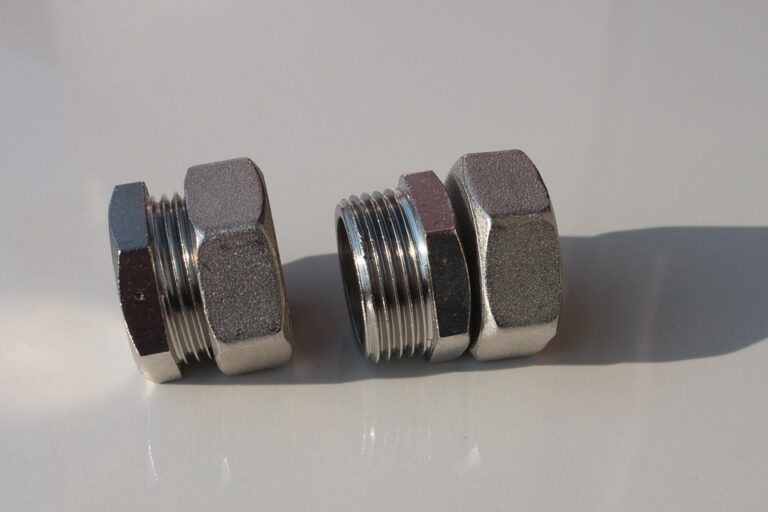
The Evolution of Dusting Mitts: A Comprehensive Guide to Their History and Development
Dusting mitts, those seemingly innocuous household companions, have played a quiet yet pivotal role in the art of cleaning. As we delve into their evolution, it becomes evident that these handy tools are not merely products of modern convenience but are steeped in a rich history and an ever-adapting design ethos.
1. Origins in Domesticity
To trace the roots of dusting mitts, one must first consider the broader context of household cleaning tools. In the late 19th century, as the Industrial Revolution transformed domestic life, the need for efficient cleaning instruments became paramount. Enter the humble dust cloth, often made from cotton or linen, which served as the precursor to today’s dusting mitt. The advent of synthetic materials in the mid-20th century ushered in a new era, allowing for the creation of softer, more effective dusting mitts that could trap dust particles more effectively than their predecessors.
2. Material Matters
The materials used in dusting mitts have evolved dramatically. Early iterations relied heavily on natural fibres, which, while effective, often proved less durable. The introduction of microfibre—a synthetic blend of polyester and polyamide—revolutionised the dusting mitt landscape. Microfibre’s ability to attract and hold dust through static electricity has been widely acclaimed. As noted by cleaning expert Mrs. Mop, "The right material can make the difference between surface cleaning and deep cleaning."
3. Design Innovations
As households became more diverse in their cleaning needs, so too did the design of dusting mitts. The traditional mitt shape has seen numerous adaptations, from fingered versions that allow for greater dexterity to larger, more robust models designed for quick surface coverage. Some are even ergonomically designed for comfort during prolonged use. The question arises: how much do aesthetics play into our choice of cleaning tools? While functionality remains paramount, the visual appeal of a dusting mitt can influence purchasing decisions. Modern consumers often gravitate towards stylish designs, merging the practical with the beautiful.
4. The Environmental Impact
In recent years, the conversation surrounding the environmental footprint of household goods has gained momentum. Many consumers are now seeking dusting mitts that are not only effective but also eco-friendly. Brands have responded by offering reusable, washable mitts made from sustainable materials. This shift reflects a broader societal trend towards sustainability—an ethos that many believe will shape the future of household cleaning products.
5. Cultural Significance
Dusting mitts are not merely functional tools; they embody cultural nuances in cleaning practices across different societies. In Japan, for instance, the concept of ‘Mottainai’ emphasises the importance of valuing resources and reducing waste, which extends to the maintenance of one’s home. Here, dusting mitts are often made from traditional fabrics, serving as both a cleaning tool and a cultural artifact. Such practices illuminate the interplay between cleaning rituals and cultural identity, prompting one to ponder how everyday objects can carry deeper meanings.
In reflecting upon the evolution of dusting mitts, it becomes clear that these tools are a testament to human ingenuity and adaptability. From their origins as simple cloths to their modern incarnations, dusting mitts have evolved in response to changing needs, materials, and cultural contexts. They remain an integral part of our cleaning arsenal, reminding us that even the most mundane objects can hold significant historical and practical value.
As you explore the myriad options for dusting mitts and other household essentials, remember that BargainsTrust continues to deliver a curated selection of quality products to enhance your cleaning experience.







